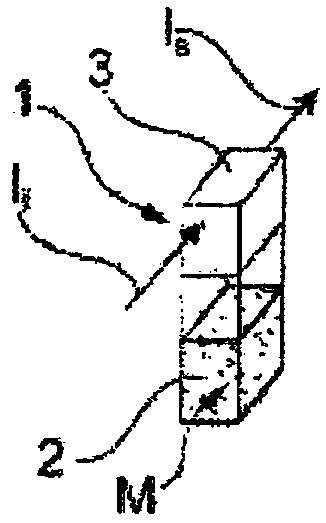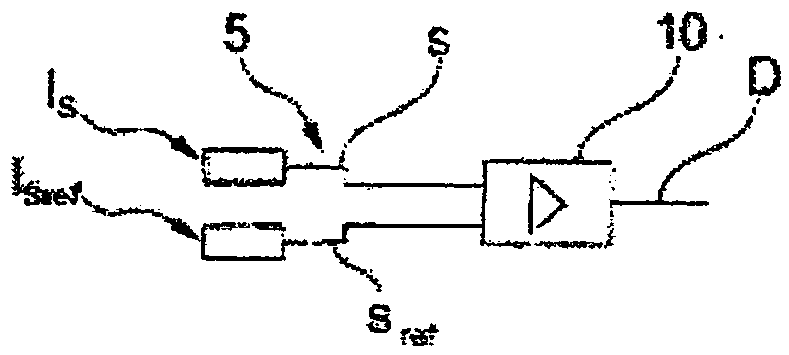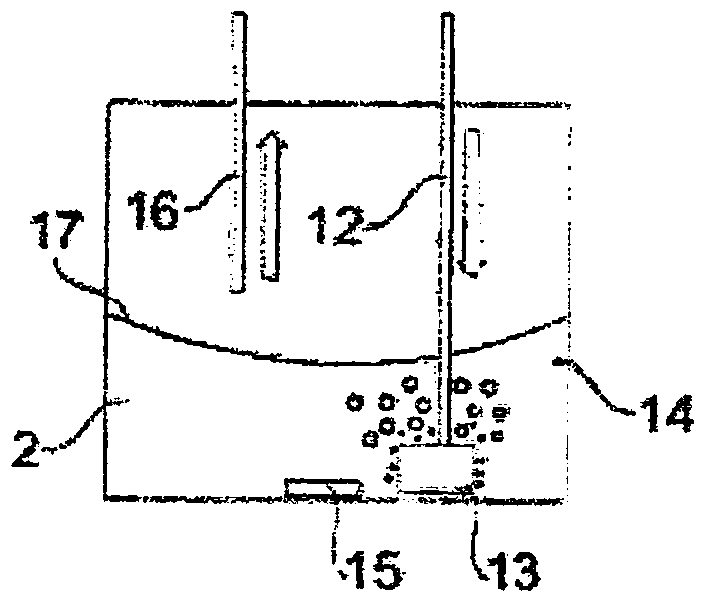Method for classifying the presence or absence of microorganisms in biological media
A technology of culture medium and microorganisms, applied in the fields of biochemical equipment and methods, determination/inspection of microorganisms, etc.
- Summary
- Abstract
- Description
- Claims
- Application Information
AI Technical Summary
Problems solved by technology
Method used
Image
Examples
Embodiment 1
[0432] Example 1 - Synthesis of nanoporous monoliths with affinity for p-nitrophenol (pNP)
[0433] This example shows a "mixed" basic sol matrix Si(OMe) 4 -NH 2 Synthesis of TEOS. The chosen synthetic protocol was the sol-gel method of nanoporous matrices for the trapping of monocyclic aromatic species shown in application WO2010 / 004225.
[0434] Starting reagent:
[0435] Precursor:
[0436] TMOS (tetramethoxysilane) (=Si(OMe) 4 )
[0437] APTES, Si(C 3 h 6 NH 2 )(OC 2 h 5 ) 3 ((3-Aminopropyl)triethoxysilane)
[0438] Solvent:
[0439] MeOH (methanol)
[0440] Hydrolysis using ultrapure water
[0441] The molar ratio of:
[0442] Alcoholate / Methanol / Water: 1 / 5 / 4
[0443] TMOS / APTES: 0.97 / 0.03
[0444] For approximately 5 mL of 3% NH 2 The ratio of TEOS sol:
[0445] TMOS1.786mL
[0446] MeOH2.43mL
[0447] APTES0.084mL
[0448] Water 0.864mL
[0449] plan:
[0450] In a Pyrex beaker placed in a bath (ethanol and liquid nitrogen) at -25 °C, mi...
Embodiment 2
[0456]In two biological models (i.e., Escherichia coli ATCC11775 (β-glucuronidase positive) and Hafnia alvei ATCC13337 (β-glucuronidase negative)), β-glucuronidase Acidase activity is the target.
[0457] The selected VOC volatile metabolite is p-nitrophenol (pK a =7.15).
[0458] The substrate chosen was that described in Example 1. The matrix converts pNP to pNP - form cumulative.
[0459] The table below details the composition of "MES-pNPG" medium for the production of p-nitrophenol by the activity of β-glucuronidase.
[0460] This medium is called "MES-pNPG" because MES is its pH buffer and pNPG (4-nitrophenyl-β-D-glucuronide) is its enzyme substrate.
[0461] After calibration (3 points: 4, 7 and 10), check the pH: pH equals 6.09.
[0462]
[0463]
[0464] To utilize the predominant acid form of p-nitrophenol, pass through MES (4-morpholineethanesulfonic acid), buffer the medium to pK a -1, which is 6.15.
[0465] 2.1 - Reference control for enzyme activ...
PUM
| Property | Measurement | Unit |
|---|---|---|
| pore size | aaaaa | aaaaa |
| specific surface area | aaaaa | aaaaa |
Abstract
Description
Claims
Application Information
 Login to View More
Login to View More - R&D
- Intellectual Property
- Life Sciences
- Materials
- Tech Scout
- Unparalleled Data Quality
- Higher Quality Content
- 60% Fewer Hallucinations
Browse by: Latest US Patents, China's latest patents, Technical Efficacy Thesaurus, Application Domain, Technology Topic, Popular Technical Reports.
© 2025 PatSnap. All rights reserved.Legal|Privacy policy|Modern Slavery Act Transparency Statement|Sitemap|About US| Contact US: help@patsnap.com



